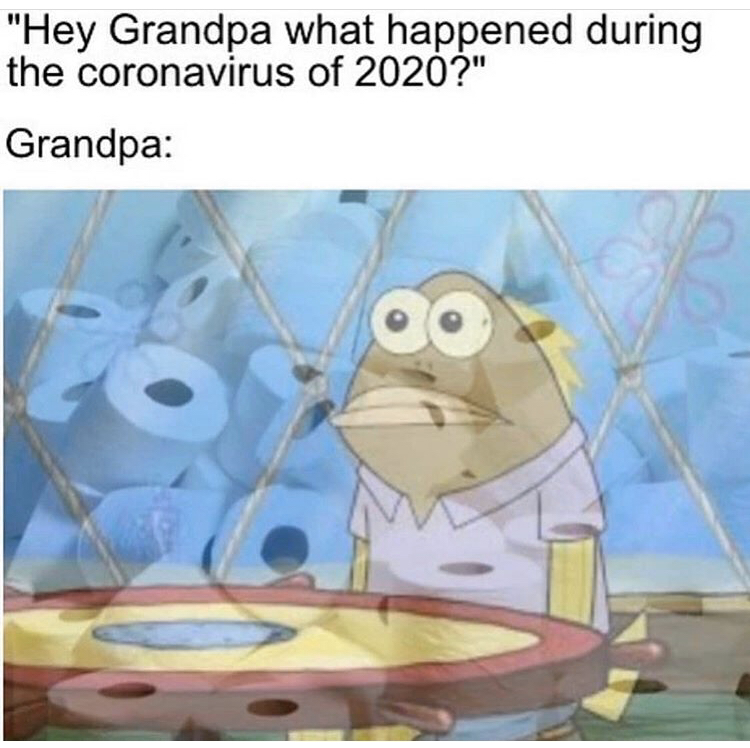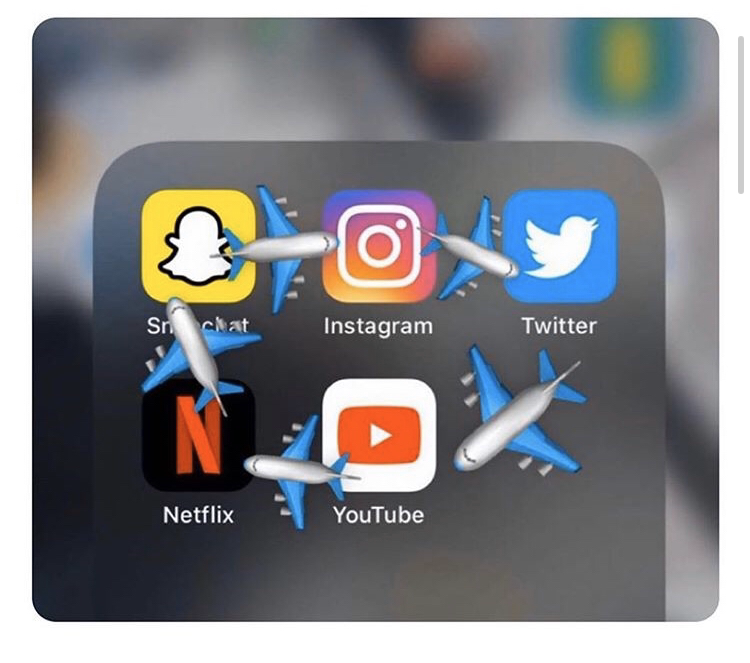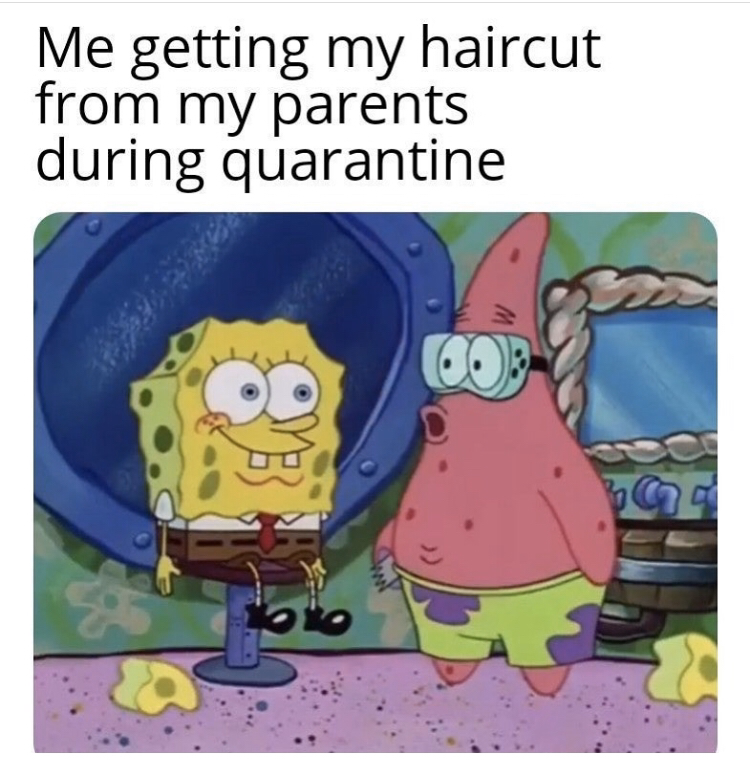With the current health pandemic and resulting school closures, I have frequently fantasized about some of the lessons I would do with my Grade 6s... or 7s... or Grade 3/4 class... or Grade 8s.
Regardless of what I were teaching, I think this time would be one of tremendous bonding for me and my students, were I still a classroom teacher.
Here are three imaginary lessons of the many I have cooked up in my mind over the past 7 weeks. If you’re in a classroom, feel free to try them out, and let me know if I’ve still got it, or if three and a half years have made me lose touch!
1. Media Literacy Lesson Using Memes (Grades 6 and up)
If you and your students are anything like me, you’ve probably spent a good deal of time over the past two months surfing social media, and having a little chuckle of the ubiquitous COVID-related memes making the rounds. Maybe you’ve also noticed some emerging themes.
Why not use this time to draw your students’ attention to how we, as a society, use humour to cope with anxiety-inducing situations? A media literacy lesson on the surface, one could easily incorporate writing, math, oral language, social studies, art, and much more!
- Have students collect and share memes virtually. Use a class Padlet, slide deck, google doc, whatever, and invite students to contribute 2-3 memes each that they have noticed online.
- Ask students to choose 10-12 memes from the class collection and sort them into 2-3 groups. What themes emerge? (Some I see most often are hair-related, food or body-image related, toilet-paper and travel)
- Compare the themes students notice (could lead a synchronous virtual discussion using a video conferencing platform, or post the question as a discussion thread in your online class platform and invite students to contribute over the course of a few days)
- As a class, sort ALL the memes into the categories students came up with (maybe the teacher demos this via video?)
- Have students graph the the categories in two ways (bar graph and circle graph, for example) - which themes are most common?
- Some thinking questions for students to reflect on in writing, or in a conversation with their peers online or with family at home: Why do you thinks these themes emerge most often? What do these themes tell us about what we value as a society? If we were to invite a class in a different grade or another school to collect 100 memes, do you think they would find similar themes in the memes they collect? Why or why not?
- Using an online meme generator, students could make their own memes about this time. (Brainstorm ideas for what makes a “good” meme... also a great idea to talk about copyright.) Have students collectively post their memes on a class padlet or closed Instagram account - a good laugh for the whole class, and they can share them with their families, too.
2. Mini Math Lesson (Grade 3 and up)
I noticed the following signs recently while walking along the path outside my apartment building, and thought, “if I were a classroom teacher right now, I would SOOOOOO share this with the students and get them thinking about “COVID Math” they notice while out and about for a walk in the community, or online.
And so on....
3. Jane’s Walk
Speaking of walks, this past weekend cities around the world celebrated Jane Jacobs’ vision of walkable urban living. Usually this consists of engaging in neighbourhood walks with a guide and a group, and discussing things like accessibility, architecture, nature and so on.
This year, Jane’s Walk organizers have had to get creative with how they encourage people to celebrate.
Here are some things I might encourage my students to do, were I still in a classroom:
- Go for a neighbourhood walk with your family. What are some interesting buildings you notice? (Pay attention to rooflines, doorways, signs, building materials and colours, etc.)
- Design a neighbourhood walk for a classmate to complete. Choose a theme (nature/trees, architecture, or something else you think your peer would like). Take 3-5 photos and post them, along with a description of the route, for your friend to complete.
- Imagine a family member were coming from out of town. What would you want to show them? Choose 3-5 highlights, and plan an imaginary tour, stopping at each highlight to tell a little bit about the community history of that stop, or why it’s significant to you.
- How accessible is your neighbourhood for different “walkers”? Imagine a family with a stroller, an elderly neighbour or family member, someone in a wheelchair, etc.
- What highlights would you choose to include on a neighbourhood walk that is 1 km long? 3 km? 5 km? Map your route using google maps, and post it for classmates to complete (as a class, you could notice whether people chose similar highlights for their walks of different lengths)
Teacher Reader Homework:
Choose ONE of the suggestion learning activities above. What curricular areas does it connect to? Develop a learning goal, and work with students to co-construct success criteria to describe successful achievement of that goal. The criteria can be shared with families, too, so that everyone can take turns providing descriptive feedback to students as they complete the tasks.
Use this time of school closure, focus on assessment for learning rather than evaluation.















 RSS Feed
RSS Feed